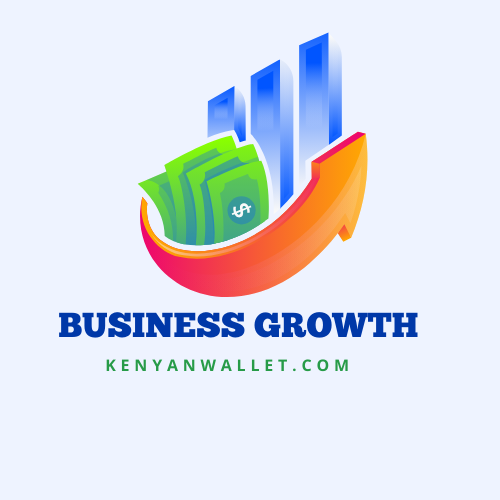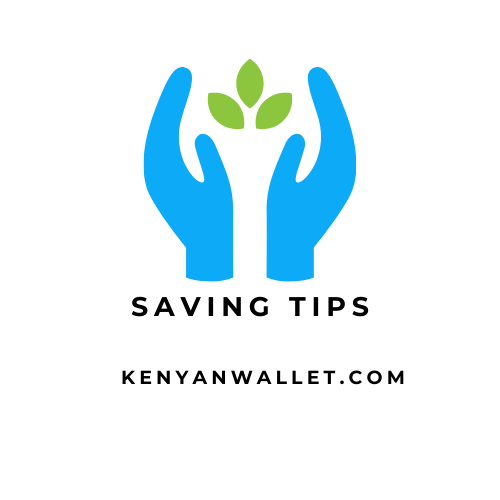Understanding the Mathematics Behind 3% Daily Profit
Compounding Returns
Compounding returns mean that each day’s profit is added to the principal for the next day, leading to exponential growth. Here’s how it works:
- Initial Investment: $100
- Daily Profit Rate: 3%
After 30 days, the investment grows according to the formula for compound interest: A=P×(1+nr)nt where:
- A is the amount of money accumulated after n days, including interest.
- P is the principal amount (the initial investment).
- r is the daily interest rate (3% or 0.03).
- n is the number of times the interest is compounded per day (in this case, once).
- t is the number of days.
For a 3% daily return over 30 days: A=100×(1+0.03)30≈100×2.427≈242.7
This demonstrates how rapidly the investment can grow with daily compounding.
Risks Involved
- Market Volatility:
- Cryptocurrencies: Highly volatile, and can result in significant gains or losses.
- Forex Trading: Currency markets can be extremely unpredictable, influenced by geopolitical events, economic data, and market sentiment.
- Regulatory Risks:
- Some high-return investments operate in unregulated or lightly regulated markets, increasing the risk of fraud and loss.
- Regulatory changes can also impact the viability of certain investments, such as new laws affecting cryptocurrency trading.
- Operational Risks:
- Platform Reliability: The risk of technical failures or cybersecurity breaches on trading platforms.
- Management Competence: The expertise and track record of those managing the investment are crucial.
- Scams and Fraud:
- Ponzi Schemes: High-return promises are often used to attract investors, paying returns to earlier investors from the capital of newer investors.
- Fake Platforms: Some platforms may disappear overnight, taking investor funds with them.
Types of High-Risk, High-Return Investments
- Cryptocurrencies and DeFi:
- Staking and Yield Farming: Involves locking up cryptocurrencies to earn rewards, but comes with risks such as price volatility and smart contract vulnerabilities.
- Day Trading: Buying and selling cryptocurrencies on a short-term basis can yield high returns but also high losses.
- Forex Trading:
- Leverage: Using borrowed capital to increase the potential return can amplify both gains and losses.
- Automated Trading Systems: Bots or algorithms can trade on your behalf but come with the risk of software bugs or market misjudgments.
- High-Yield Investment Programs (HYIPs):
- Often operate on a “too good to be true” basis, offering daily returns but often collapse, leaving investors with losses.
Mitigating Risks
- Diversification:
- Spread investments across various asset classes (stocks, bonds, real estate, etc.) to reduce overall risk.
- Within high-risk categories, diversify across different cryptocurrencies or forex pairs.
- Due Diligence:
- Research the investment opportunity thoroughly.
- Verify the legitimacy of the platform and the credentials of those managing it.
- Look for red flags such as lack of transparency, overly complex investment structures, or pressure to invest quickly.
- Risk Management Strategies:
- Set Stop-Loss Orders: Automatically sell assets when they reach a certain loss level to prevent further losses.
- Limit Exposure: Only invest a small portion of your portfolio in high-risk ventures.
- Stay Informed: Keep up with market news and trends to make informed decisions.
- Consult Financial Advisors:
- Seek advice from professionals who can provide tailored investment strategies based on your financial situation and risk tolerance.
Practical Steps to Evaluate High-Risk Investments
- Understand the Business Model: How does the investment generate returns? Is it sustainable?
- Check for Regulation and Licensing: Ensure the investment platform is registered and regulated by appropriate financial authorities.
- Read Reviews and Testimonials: Look for feedback from other investors. Be wary of overwhelmingly positive reviews, as they might be fake.
- Analyze Financial Statements and Performance Reports: For more established investments, review their financial health and historical performance.
Conclusion
A 3% daily profit investment, while potentially lucrative, comes with significant risks. It is essential to approach such opportunities with caution, thorough research, and robust risk management strategies. Diversifying investments and consulting with financial advisors can help mitigate some of the inherent risks associated with high-return investments.




